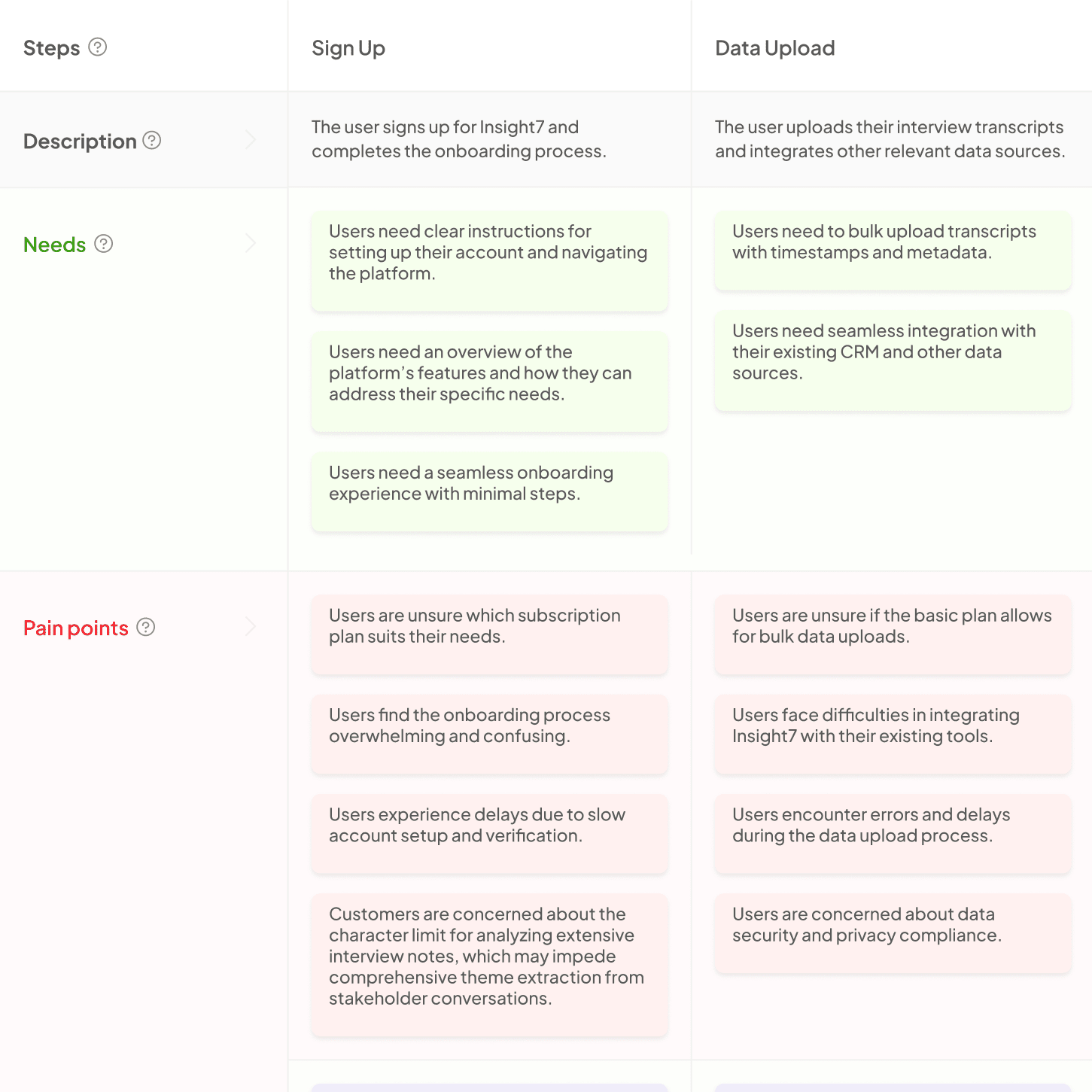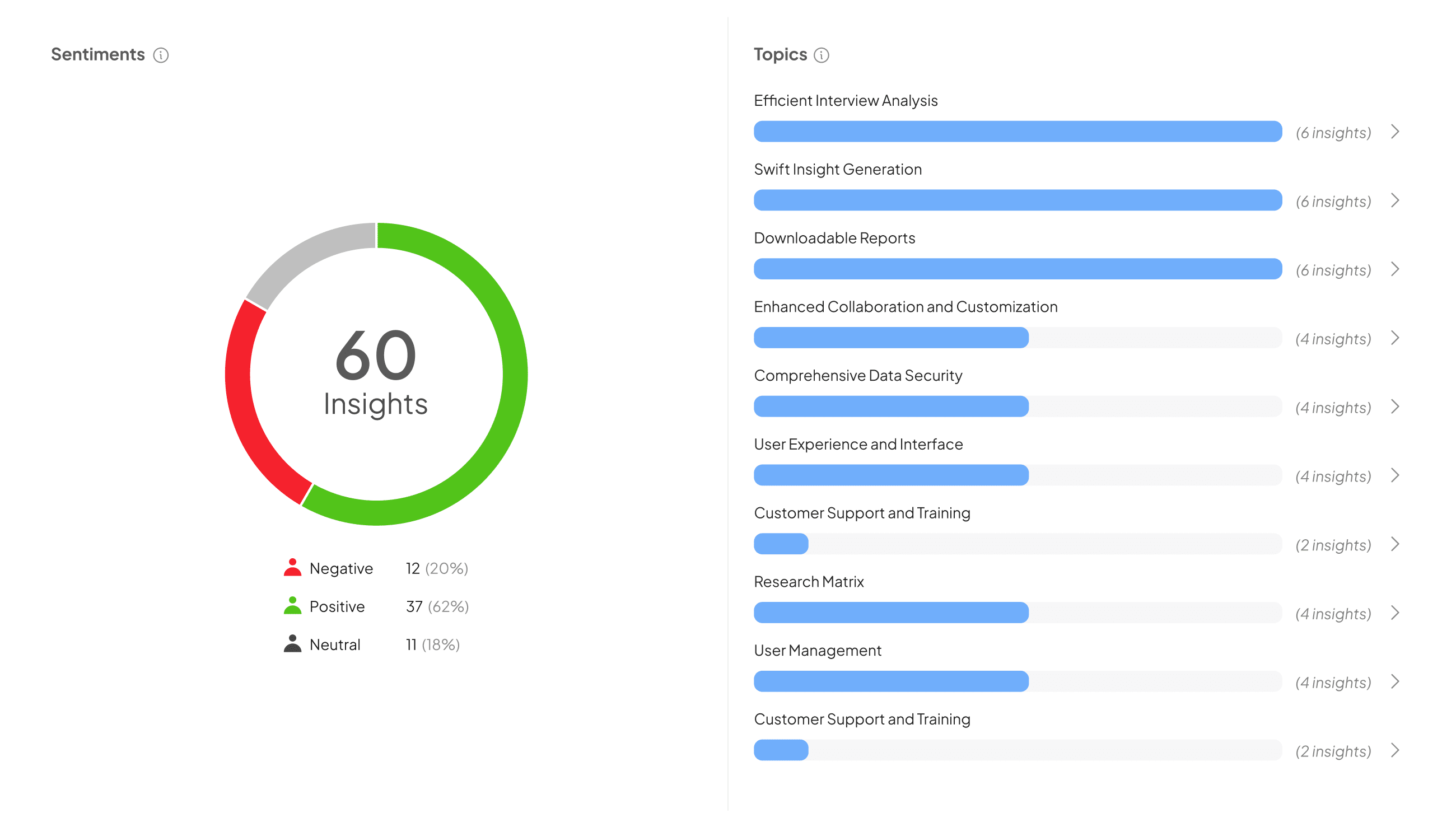If you have ever struggled with turning audio recordings into text, you’re not alone. Businesses, researchers, and professionals across industries know how crucial it is to capture and preserve information. But let’s face it – transcribing audio can be a real headache. The good news? AI has changed the game. Now, you can transcribe audio to text in seconds with incredible accuracy. It’s like having a super-smart assistant who never gets tired or makes typos. In this article, we’ll explore how AI tools can transform your audio transcription needs and guide you through choosing the best tool for your requirements.
Key Features to Look for in AI Transcription Tools
When selecting an AI transcription tool, it’s crucial to consider the features that align with your specific needs. Here are some essential features to look for:
1. Accuracy
- Importance: High accuracy ensures that the transcriptions are reliable and require minimal manual correction.
- What to Look For: Tools that utilize advanced machine learning algorithms and have high accuracy rates, especially in recognizing diverse accents and languages.
2. Language Support
- Importance: If you’re dealing with multilingual content, language support is a must-have feature.
- What to Look For: Tools that offer extensive language support and can handle multiple dialects.
3. Ease of Use
- Importance: A user-friendly interface can save time and reduce the learning curve.
- What to Look For: Intuitive design, easy upload options, and straightforward editing features.
4. Integration Capabilities
- Importance: Integration with other software tools can streamline workflows and enhance productivity.
- What to Look For: Compatibility with platforms like Google Drive, OneDrive, and other productivity tools.
5. Data Privacy and Security
- Importance: Protecting sensitive information is critical, especially in industries like healthcare and finance.
- What to Look For: Tools that comply with industry standards like GDPR and SOC2, ensuring secure data handling.
6. Cost-effectiveness
- Importance: Budget considerations are important for both individuals and businesses.
- What to Look For: Pricing plans that offer value for money without compromising essential features.
Top AI Transcription Tools in 2024
Here’s a list of the top AI transcription tools available in 2024, each with its key benefits, pros, and cons.
- Insight7
- Otter.ai
- Descript
- Rev
- Sonix
1. Insight7
Insight7 is a versatile AI transcription tool designed to cater to various industries, including market research, academia, and corporate environments. It is known for its user-friendly interface and robust feature set.
Key Benefits:
- End-to-End Solution: Insight7 offers an end-to-end solution for transcription, data analysis, and report generation, making it ideal for market researchers and professionals who need comprehensive insights.
- Multilingual Support: Supports analysis and transcription in any language, enabling users to work with diverse content by translating it to English and back.
- Integration Capabilities: Integrates with platforms like Google Drive, OneDrive, SharePoint, Gong, and more, streamlining workflows.
- Data Security: Adheres to industry-standard security measures such as GDPR and SOC2 compliances, ensuring data privacy.
Pros:
- No-code platform that requires minimal technical expertise.
- Offers a freemium model, providing accessibility to a wide range of users.
- High accuracy and fast turnaround times for transcriptions.
- Robust analysis tools that derive actionable insights from qualitative data.
Cons:
- The free tier may have limitations on advanced features.
2. Otter.ai
Otter.ai is a popular choice for professionals seeking an efficient and accurate transcription tool. It is widely used for transcribing meetings, interviews, and lectures.
Key Benefits:
- Real-time Transcription: Offers real-time transcription, making it perfect for live events and meetings.
- Collaboration Features: Allows users to collaborate on transcriptions by highlighting, commenting, and sharing with team members.
- Voice Recognition: Identifies and separates different speakers, providing a clear and organized transcript.
Pros:
- Supports integration with tools like Zoom and Microsoft Teams.
- Provides a mobile app for on-the-go transcription.
- Offers a user-friendly interface that requires little to no training.
Cons:
- May struggle with heavy accents or background noise.
- Free version offers limited minutes for transcription per month.
3. Descript
Descript is a unique transcription tool that combines audio editing with transcription services. It’s perfect for content creators who want to edit audio and video while transcribing.
Key Benefits:
- Seamless Audio Editing: Allows users to edit audio files as easily as editing text, making it ideal for podcasters and video editors.
- Overdub Feature: Offers the ability to create synthetic voiceovers, adding flexibility to content creation.
- Collaboration Tools: Enables team collaboration with commenting and shared project spaces.
Pros:
- Provides a comprehensive tool for both transcription and content editing.
- Supports integration with platforms like Adobe Premiere Pro.
- High accuracy in transcription with speaker identification.
Cons:
- Can be complex for users who only need basic transcription features.
- The learning curve may be steep for those unfamiliar with audio editing.
4. Rev
Rev is a trusted transcription service known for its accuracy and human transcription options. It caters to various industries, including media, legal, and academic sectors.
Key Benefits:
- Human Transcription Options: Offers both AI and human transcription services, providing flexibility and high accuracy.
- Fast Turnaround: Provides quick transcription services, making it suitable for tight deadlines.
- Customizable Output: Allows users to choose from different output formats and styles, catering to specific needs.
Pros:
- High accuracy rates, especially with human transcriptions.
- Excellent customer support and service reliability.
- Competitive pricing with different service tiers.
Cons:
- Human transcription can be more expensive and time-consuming.
- The AI transcription tool may have limitations in handling complex audio.
5. Sonix
Sonix is an AI-driven transcription service that offers fast and accurate transcriptions for various audio and video files. It is widely used by media professionals and researchers.
Key Benefits:
- Fast Transcription: Provides quick turnaround times, making it ideal for professionals who need rapid results.
- Automated Translation: Offers automated translation services, enabling users to convert transcriptions into different languages.
- Secure Platform: Ensures data privacy with secure encryption and compliance with industry standards.
Pros:
- Supports a wide range of file formats and integrations.
- Offers a user-friendly interface with powerful editing tools.
- High accuracy with customizable timestamps and speaker labels.
Cons:
- May require manual corrections for complex audio or specialized terminology.
- Some advanced features may be locked behind premium pricing.
Step-by-Step Guide to Transcribing Audio Recordings
Transcribing audio recordings using AI tools is a straightforward process. Here’s a step-by-step guide to help you get started:
Step 1: Choose the Right Tool
- Assess Your Needs: Determine the specific requirements of your transcription project, such as language support, integration needs, and budget constraints.
- Select a Tool: Choose a tool from the list above that best aligns with your needs. For example, if you’re looking for a comprehensive solution with robust analysis features, Insight7 might be the ideal choice.
Step 2: Prepare Your Audio Files
- Ensure Clarity: Make sure your audio files are clear and free from excessive background noise. This will improve the accuracy of the transcription.
- Format Compatibility: Check that your audio files are in a format compatible with the transcription tool you’ve chosen.
Step 3: Upload and Transcribe
- Upload Files: Use the tool’s interface to upload your audio files. Most tools support drag-and-drop functionality for ease of use.
- Select Options: Choose any specific options or settings you need, such as speaker identification or language preferences.
- Start Transcription: Initiate the transcription process. Depending on the tool, this may take anywhere from a few minutes to several hours.
Step 4: Review and Edit
- Review Transcription: Once the transcription is complete, review the text for accuracy. Pay attention to any areas where the tool might have struggled, such as technical jargon or unique accents.
- Edit as Needed: Use the tool’s editing features to make necessary corrections. Most tools offer text editors that allow you to make quick changes.
Step 5: Export and Use
- Export Transcription: Once satisfied with the transcription, export it in your desired format. Common formats include Word documents, PDFs, or plain text files.
- Utilize Transcription: Use the transcription for your intended purpose, whether for research, content creation, or documentation.
Advanced Features and Considerations
While the core functionality of AI transcription tools is converting audio to text, many tools offer advanced features to enhance the transcription experience:
- Speaker Identification: Some tools can automatically identify and label different speakers in multi-speaker recordings, making it easier to follow the conversation flow and attribute statements to the correct individuals.
- Time-Stamping: Time-stamping features allow you to navigate through the transcript and quickly locate specific sections of the audio recording, facilitating efficient review and cross-referencing.
- Customizable Vocabularies: Many AI transcription tools enable users to upload custom vocabularies or lexicons, ensuring accurate transcription of industry-specific terms, proper nouns, technical jargon, or specialized terminology commonly used in various fields.
- Sentiment Analysis: Advanced tools may offer sentiment analysis capabilities, enabling you to gauge the emotional tone and sentiment expressed in the audio recording, providing valuable insights for market research, customer feedback analysis, or employee evaluation.
- Integration with Other Tools: Some AI transcription platforms can integrate with productivity tools like note-taking applications, video conferencing software, or cloud storage services, facilitating seamless workflows and data sharing across different tools and platforms.
- Automatic Punctuation and Formatting: Many AI transcription tools can intelligently insert punctuation marks, such as periods, commas, and question marks, as well as format the text with appropriate line breaks and paragraph separations, enhancing readability.
- Accent and Dialect Recognition: Robust AI transcription tools can recognize and accurately transcribe various accents, dialects, and language variations, ensuring reliable results regardless of the speakers’ backgrounds or geographic locations.
- Batch Processing: Some AI transcription services offer batch processing capabilities, allowing users to upload multiple audio files simultaneously and receive transcripts in a single batch, streamlining the process for large-scale projects.
When choosing an AI transcription tool, it’s essential to consider these advanced features to ensure the tool meets your specific needs and requirements. Additionally, it’s important to evaluate the tool’s data privacy and security measures, particularly when dealing with sensitive or confidential audio recordings. Insight7 excels in these areas, making it a top choice for professionals seeking reliable transcription services.
Benefits of Using AI for Audio Transcription
- Accuracy: AI tools like Insight7 achieve high levels of accuracy, even in challenging environments.
- Efficiency: Compared to manual transcription, AI tools work at lightning-fast speeds.
- Cost-effectiveness: AI transcription services are often more economical than hiring human transcriptionists.
- Scalability: AI tools can handle projects of any size, from individual use to large enterprise needs.
- Accessibility: Accurate transcripts improve content accessibility for diverse audiences.
- Multilingual Support: Many AI tools, including Insight7, support multiple languages.
Conclusion
Transcribing audio recordings to text with AI tools has never been easier or more efficient. By understanding the key features to look for in a transcription tool and selecting from the top options available in 2024, you can streamline your workflow and ensure accurate results. Whether you’re a market researcher using Insight7 for in-depth analysis or a content creator leveraging Descript for seamless editing, the right AI transcription tool can transform your audio content into valuable text with minimal effort.
Want to save time right now? Transcribe your audio recording to text with Insight7 and get back to what matters most.





